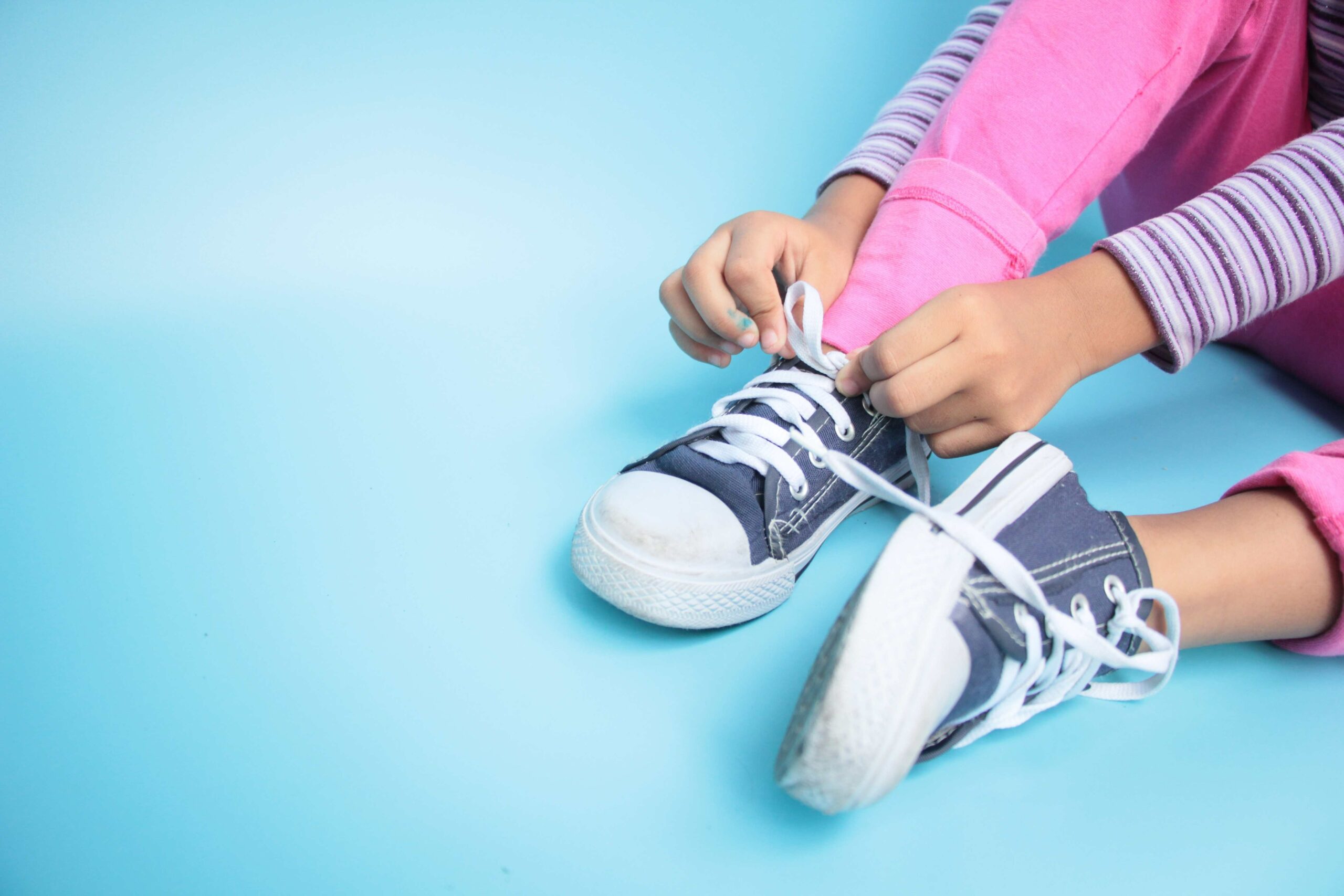Kai Mirel’s first belly laugh came barreling forth at the age of 13 months after his 3-year-old brother Kaan tripped over toys and fell in a big, loud heap on the floor.
“Kai doubled over with laughter, and I was amazed he’d actually found the humor in such a simple, unplanned act,” says Kai’s mom, Trisha.
There’s something about hearing your baby’s first laugh (usually around age 4 months) that sticks with you. But equally memorable is the first time your toddler’s true humorous side comes out and he actually responds with hearty chuckles to a funny moment.If you want your child to grow up feeling safe and confident in her comedic efforts, be jocular and play along with her repetitive punch lines. Here are other fun ways to nurture your little one’s budding sense of humor.
Growing Smarts
Simple pleasures such as gentle tickling still generate giggles, but your child’s ability to perceive funny moments in various situations grows as his cognitive and verbal skills mature. “These laugh-out-loud responses are clear indicators of your baby’s growing smarts,” says Maureen O’Brien, PhD, author of Watch Me Grow: I’m One, Two, Three (Harper Paperbacks, $19.95).
A toddler’s newfound sense of humor reflects that she understands the world around her more and remembers structures, patterns and how things work. So when something doesn’t fit your child’s expectations (you put a shoe on your head instead of your foot), she finds the absurdity hysterical.
Although babies are born with a capacity to laugh (nature), experts say a playful, supportive environment (nurture) is critical to foster a true funny bone. That’s why it’s important to recognize and laugh at your child’s earliest attempts at humor.
Surprises. “Regardless of age, we laugh when we’re surprised,” Dr. Goodwyn says. That’s why the game of peek-a-boo — Mom’s gone, now she’s back! — is a guaranteed laugh riot for babies and toddlers.
You can take the game up a notch by having your child “hide” under a blanket while you search for him. (“Where did Jake go? I can’t find him anywhere! Perhaps he’s hiding under this cup.”) Then react with surprise when he emerges.
Another way to astonish and entertain your tot: Hide a toy under a scarf or behind your back and swap it for a different one while she’sdistracted.
Around age 1 your child starts to understand that he can be a comedian, too. Fifteen-month-old Robert Gruszka delights in surprising his parents by shouting “Boo!,” a trick he learned from watching his mom sneak up on his dad. “We feign surprise, and Robert rolls with laughter. The more shocked we look, the harder he guffaws,” says his mom, Amy Gruszka, of Thornton, PA.
Get Wacky with Words. As language comprehension develops, toddlers start to respond to verbal humor, particularly in forms such as rhymes, silly names and nonsense words that just sound funny (app-oos and banoo-noos anyone?).
“Many of the developmental stages of humor, from rhymes to riddles, are tied to a child’s language skills,” says Dr. O’Brien. “A child has to know the correct name for an object (and the object’s use) before she can laugh if you say the word in a funny manner.”
Thanks to their growing cognitive and verbal skills, toddlers also get a rise when you mislabel things (calling a shoe a shirt or calling the dog by the fish’s name). Another knee-slapper: using your child’s name in nonsensical chants.
Be playful. Sometime after your child’s first birthday, he starts to appreciate and understand physical or visual jokes. Pretending a banana is a telephone or turning a mixing bowl into a stylish hat will put him in stitches because he’s become familiar with the routine functions and names of specific objects. It’s hilarious (to him) when his expectations are playfully challenged by simple incongruities.
Get Physical. Toddlers squeal with delight when the tickle monster comes out to play. If just the sight of “tickle fingers” is enough to get your little one giggling, it’s because he’s come to associate your actions with the frolicking that follows. “Laughter is a physiological response to emotional arousal, like tickling,” says Dr. Goodwyn.
At this age, horseplay is a perfect way to generate laughter. Now that your child’s more mobile and is beginning to understand pretend play, you can have some fun panting on all fours like a dog, taking pratfalls when he pushes you, or pretending he’s too heavy to pick up. The goofier you act, the harder your child will laugh.
Funny Business. Amuse an older toddler with humorous books and silly games and songs. Toddlers love picture books that focus on something surprising or obviously out of place like Click, Clack, Moo: Cows That Type by Doreen Cronin (Simon & Schuster, $16.99) or just about any Dr. Seuss book.
Modify traditional games such as ring-around-the-rosey by substituting something silly like “we all quack like ducks” for “we all fall down.” Play comical tunes like Raffi’s “Shake My Sillies Out” or take turns making up funny lyrics to familiar songs like “Row, row, row your house.”
By teaching your child to embrace life’s silly side, and showing her that it’s okay to laugh at yourself, you’re giving her a powerful tool for coping with life’s anxious moments.
Jeannette Moninger is a freelance writer.






